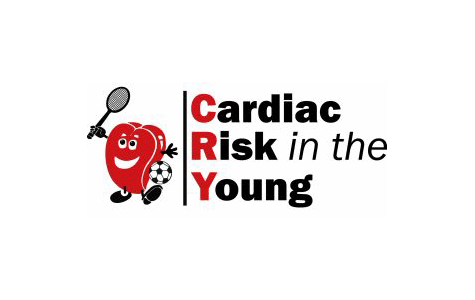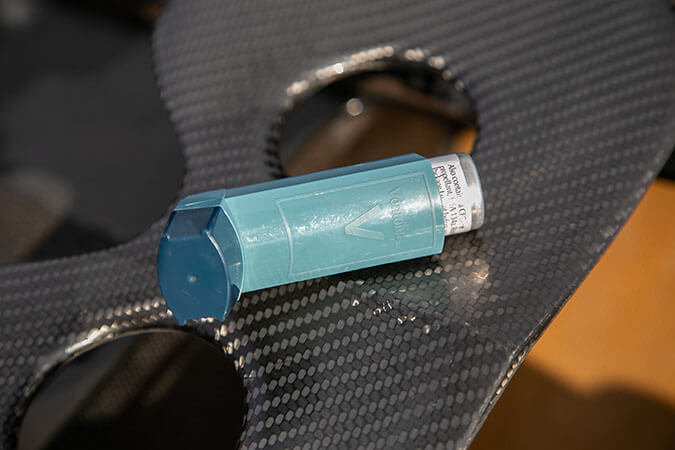Athlete Health
Read on for information, articles and advice on how to look after your body as a rower.
You can get information, advice and tips to support your mental health here.

Guidance from British Rowing
From the Medical Advisory Panel
Back pain and rowers
Seek advice from a health professional if you experience any unusual back pain or if the back pain lasts for longer than 48 hours without showing signs of settling. Seek medical advice if you intend to train with persistent unnatural back pain. Ensure that any medication you take conforms with British Rowing’s rules.
Click the button below for guidance from the British Rowing Medical Panel on how to avoid back pain.
Rowing and epilepsy
British Rowing recommends that individuals with epilepsy, and their parents if the individual is under 18, work with their coaches, club officials and competition organisers, using the Medical Panel’s guidance, along with local and national safety advice, to risk assess and put in place appropriate measures to support the participant in rowing.
Rowing and pregnancy
Exercise generally, and rowing in particular, does not predispose to miscarriage in the first trimester (three months). Any exercise should be stopped if it results in pain.
Extra care must be taken while weight training due to the apparent increase in back pain during pregnancy.
Rowing and water-borne disease
Weil’s Disease, also known as Leptospirosis, is rare in Britain with around 40 – 50 cases reported each year, however one or two people do die from the disease every year. The disease is carried by water organisms, so those taking part in water sports can be at risk. The most likely place for Leptospirosis to be found is in stagnant water, water that is adjacent to farm land and any water where rodents are common.
Other guidance
Guidance on rowing when water quality is poor
- Mitigations to take when water quality is poor.
- What to do if you become sick.
- How various club roles should respond to poor water quality.
Youth rowing guidance
We encourage schools at both primary and secondary levels to provide children with the opportunity to engage in rowing from an early age. To do this as safely as possible, British Rowing recommends that the sport is introduced in phases to young people, offering suitable ways for them to participate as they grow and mature.

Concussion
A concussion is a brain injury. The Concussion Recognition Tool (CRT6) is to be used by non-medically trained individuals for the identification and immediate management of suspected concussion in children, adolescents and adults.
Download the toolUK Concussion Guidelines for Non-Elite (Grassroots) Sport
The UK Government has published guidance for the general public on how to recognise concussion and how it should be managed from the time of injury. This information is intended for individuals participating in all grassroots sports where Healthcare Professionals are typically not available onsite to manage concussed individuals.
Download the Guidance
Subsidised ECG screening for young people
Young, fit people can have heart conditions that they’re unaware of until tragedy strikes. Screening helps identify those at risk and preventing young sudden cardiac deaths.
The Charity CRY offers subsidised ECG and Echocardiogram screening to all young people between the ages of 14 and 35.
Find out more
Learn CPR in 15 minutes with RevivR
Many of us will witness a cardiac arrest in our lifetime. Be ready for that day with RevivR, the British Heart Foundation’s fast, free and easy-to-use online training course.
take the course
Resuscitation
Guide to Automatic External Defibrillators (AEDs)
The Resuscitation Council UK have collaborated with British Heart Foundation to produce information about how AEDs can be used by anyone anywhere to try and save the life of someone who has a cardiac arrest.
Reproduced with the kind permission of Resuscitation Council UK.
Adult Choking Algorithm
This flow chart shows what to do if an adult is choking severely (ineffective cough) or mildly (effective cough).
Reproduced with the kind permission of Resuscitation Council UK.
Adult Advanced Life Support Algorithm (for healthcare professionals)
This is for use by healthcre professionals only on ondividuals who are unresponsive and not breathing normally.
Reproduced with the kind permission of Resuscitation Council UK.

Relative Energy Deficiency in Sport (RED-S)
RED-S is a significant health condition that affects performance. It is caused by a mismatch between energy intake and expenditure.
RED-S doesn’t just affect female athletes – read on for more information.
What is RED-S?
Energy is used for many things besides just your sport-specific training (work, study, socialising, walking the dog). Low energy availability means the body is unable to perform all its functions effectively resulting in a range of health & performance consequences. Similar to a phone running in ‘low power’ mode, the body can continue to function with RED-S, but at a much lower capacity.
What are the symptoms?
This list is non-exhaustive.
An increase in:
- Illness and injury
- Repeated rib bone stress
- Menstrual irregularity
- Erectile dysfunction
A decrease in:
- Performance
- Strength
- Stamina
- Recovery
- Immunity
- Moods
- Metabolism
- Coordination
Prevention
The key to preventing RED-S is ensuring adequate energy intake and recovery in relation to daily activity and exercise needs.
Low energy availability may occur due to a misunderstanding of energy requirements or as a result of intentional changes in eating habits. Things to consider:
- Training volume across a week, month and year can be significantly different with regard to energy requirements – energy intake should be modified to reflect this
- Fuel well before training by consuming a carbohydrate-based meal or snack.
Consume a well-balanced meal containing carbohydrates, protein and vegetables as soon as possible after training - Ensure you are eating enough meals and snacks throughout the day. Eat at regular intervals and avoid excluding foods or food groups unless you have a medical reason
- Avoid unhelpful (or unscientifically supported) sources of nutrition or training advice, including social media accounts which promote unrealistic comparisons. Instead, focus on working with the body you already possess.
More resources
If you think you have symptoms of RED-S, book a consultation with your doctor. It may be helpful to bring the above information booklet with you.

Common athlete health issues
In rowing, common injuries tend to appear due to overuse and overload. Here are a few ways you can look out for your physical health.
8 top tips for reducing injury
There is no one reason why injuries occur, they tend to be a combination of factors which accumulate and ultimately lead to the body breaking down. Here are some ideas which can help you to reduce the likelihood of an injury occurring.
Blisters
Blisters on your hands happen due to the constant friction between your hand and the oar handle – either from high mileage or from gripping too hard. Find our top tips for prevention and management below.
Further information:

Female athlete health
Find a series of articles below for rowers and their coaches on female health.
Maximising your health and performance
GB Rowing Team Sport Scientist Sarah Moseley explores female health and spotlights areas that female athletes may need to adjust to optimise their performance.
The power of the menstrual cycle
GB Rowing Team Sport Scientist Sarah Moseley explains the menstrual cycle to help athletes and coaches understand the impact it can have on health and fitness goals.
Period practicalities for rowers, coaches and clubs
Clubs can take simple steps to support women and girls when they are on their period. Lebby Eyres shares suggestions from junior, senior and masters rowers.
Being an athlete that bleeds
GB Rowing Team athlete and Research Fellow in medical statistics Kyra Edwards talks about the findings of her latest research project, and how she and others in the team see the menstrual cycle.
The importance of female health
On International Women’s Day Dr Emma Ross talked about the importance of exploring female athlete health to Rebecca Charlton.

Rowing with health conditions
Rowing and neurodivergence
Understand the strengths that neurodivergent people can bring to a crew, and how coaches and fellow athletes can optimise their experience.
Rowing with a hearing impairment
Finds out how to ensure that rowing is safe and enjoyable for those who are deaf or hard of hearing (DHH).
Knee problems in young rowers
Knee problems (alongside shoulder issues) are the second most prominent injuries in young rowers after back injuries. Find out why this is and what athletes and their coaches can do to reduce the risk of injury.
Rowing with arthritis
Developing arthritis needn’t mean the end of your rowing career. Find out how much you can do.
Rowing during cancer treatment
With sensible precautions and a supportive medical team, you may well be able to continue exercising and even rowing through your treatment and beyond.
Rowing with asthma

Yoga and rowing
Recovery and stretching are an important part of training. Try out these four post-training yoga stretches in under 10 minutes after your next session.

